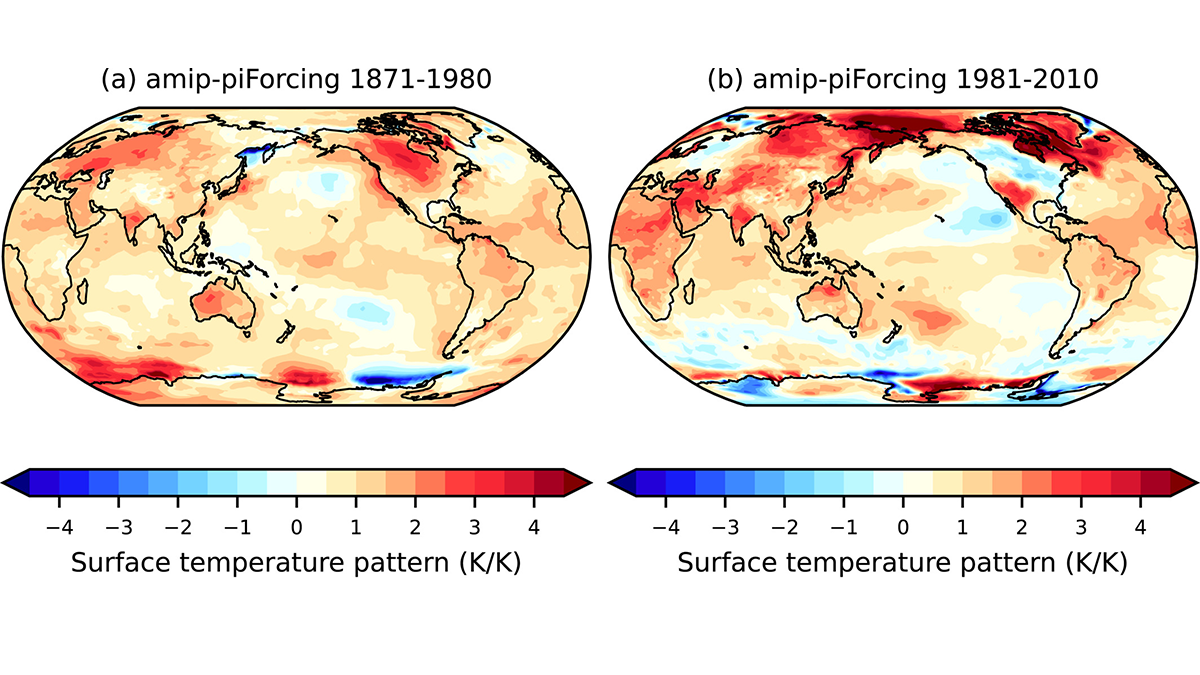Editors’ Highlights are summaries of recent papers by AGU’s journal editors.
Source: Journal of Geophysical Research: Atmospheres
From 1980 to 2010, the Earth warmed by about 0.5oC. During this period, the energy budget of the Earth has been inferred from modern satellite measurements. Can these measurements constrain the radiative climate feedback of the Earth projected in climate models? It turns out that they cannot.
Andrews et al. [2022] find that the spatial variability of the warming pattern in recent decades is different from the spatial distribution of climate warming. The warming pattern in recent decades, with regions of deep convection warmed substantially more than the tropical mean as in a mode of natural variability, reduces the radiative climate feedback. This paper estimates how much this spatial pattern impacted the true radiative feedback relevant to long-term climate change. It found that the spatial pattern masked about 0.50 W/m2/K of radiative feedback.
Citation: Andrews, T., Bodas-Salcedo, A., Gregory, J. M., Dong, Y., Armour, K. C., Paynter, D., et al. (2022). On the effect of historical SST patterns on radiative feedback. Journal of Geophysical Research: Atmospheres, 127, e2022JD036675. https://doi.org/10.1029/2022JD036675
—Minghua Zhang, Editor in Chief, Journal of Geophysical Research: Atmospheres

